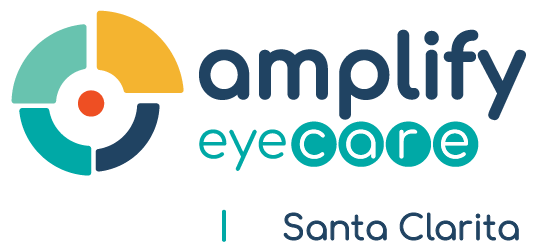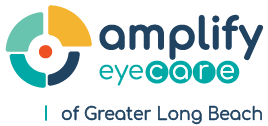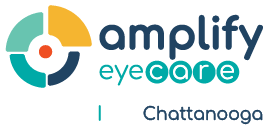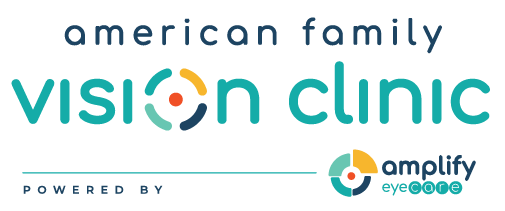Results.
In the base-case analysis of the application example, screening high-risk children by ophthalmologists had the lowest average cost per case detected but became dominated (less effective and more costly than an alternative) if a low (5.3%) probability of familial clustering of strabismus was assumed. Considering the various assumptions tested in the sensitivity analysis, screening of all children up to the age of 1 year by ophthalmologists was the only strategy not dominated by others. Detection rates, including cases detected before screening, were between 72% and 78% for the strategies that screen for all children.
Conclusions.
The model suggests that in Germany, both from a cost-effectiveness and a pure effectiveness point of view, screening all children up to the age of 1 year by ophthalmologists is the preferred strategy to detect amblyopia or amblyogenic factors. All strategies left a significant portion of children undetected.





